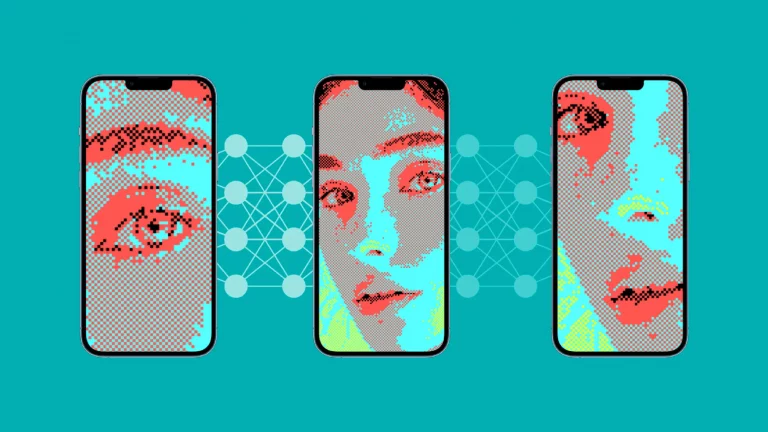Google Design on “human-centered machine learning”

As was the case with the mobile revolution, and the web before that, machine learning will cause us to rethink, restructure, and reconsider what’s possible in virtually every experience we build, writes Josh Lovejoy, UX Designer at Google.
The Google UX community has started an effort called human-centered machine learning to help focus and guide that conversation. Using this lens, they look across products to see how machine learning (ML) can stay grounded in human needs while solving for them – in ways that are uniquely possible through ML. The team works across the company to bring UXers up to speed on core ML concepts, understand how to best integrate ML into the UX utility belt, and ensure they are building ML and AI in inclusive ways.
Using Google Clips as a case study, Lovejoy walks us through the core takeaways after three years of building the on-device models, industrial design, and user interface – including what it means in practice to take a human-centered approach to designing an AI-powered product.



